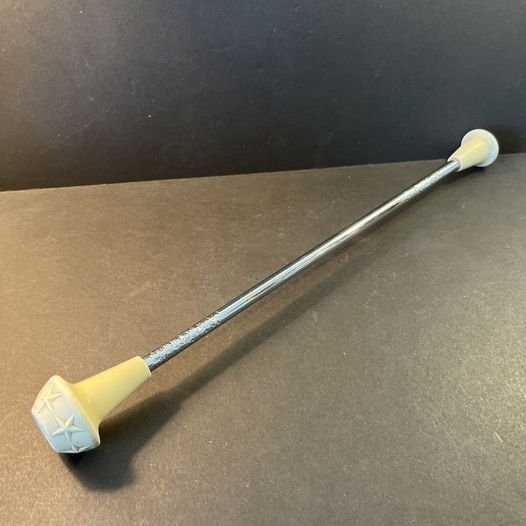ADVERTISEMENT
History
The vintage twirling baton, a captivating artifact of performance art, first appeared in the early 20th century. Originally crafted for military and ceremonial uses, it soon became central to artistic performances. By the 1920s and 1930s, it gained popularity through competitive marching band routines and cheerleading squads at high schools and colleges. Its design—simple yet effective—was typically made from wood or metal, offering a balance perfect for intricate spins and flourishes.
Usage
Vintage twirling batons played a significant role in creating visually striking performances. They were commonly featured in parades, military drills, and halftime shows. Performers twirled the batons with precise skill, crafting dynamic patterns and impressive tricks that enchanted audiences. Baton twirling blends athleticism with artistic expression, demanding both physical strength and a sharp sense of timing and choreography. Consequently, performers delivered routines that combined grace with athletic prowess
